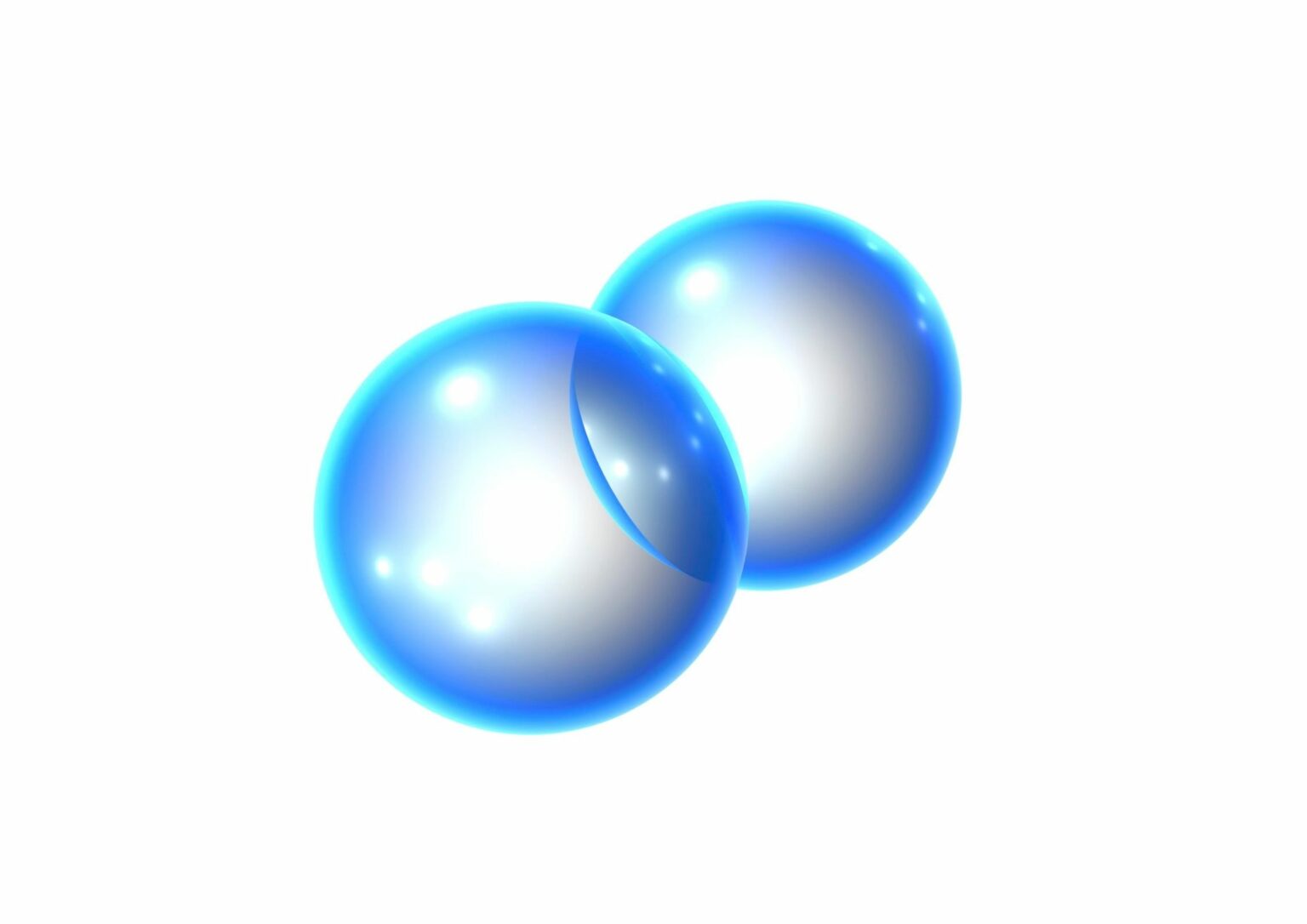In a recent publication in the International Journal of Hydrogen Energy, a multi-institutional team of researchers led by Xinyi Yang has made significant strides in optimizing hydrogen fuel cell technology.
Titled “Polyaniline nanofiber supported Pt catalyst with optimized Pt nanoparticle size for enhanced oxygen reduction reaction,” the study offers promising insights into improving the efficiency of hydrogen fuel cells, a key technology in the transition to sustainable energy.
The study cis co-authored by Rui Song, Fang Tian, Chen Ding, Haitao Du, Qingting Liu, Rong Zhang, Shengfei Hu, Xiao Li, and Xudong Fu. It addresses a critical challenge in the hydrogen industry: enhancing the oxygen reduction reaction (ORR) in fuel cells, which is essential for their efficiency and performance.
The researchers discovered that by supporting platinum (Pt) nanoparticles on polyaniline (PANI) nanofibers, they could optimize the size of the Pt nanoparticles to boost ORR activity significantly. This optimization involved careful control of nanoparticle size to maximize the catalytic surface area while ensuring stability and durability of the catalyst.
Potential Applications
The findings have immediate applications in the design and development of more efficient hydrogen fuel cells. Enhanced ORR means that fuel cells can operate more effectively, producing more energy per unit of hydrogen. This could lead to more practical and cost-effective fuel cells for use in various industries, including automotive, power generation, and portable electronics.
The team employed advanced techniques such as transmission electron microscopy (TEM) and X-ray diffraction (XRD) to characterize the size and distribution of the Pt nanoparticles on the PANI nanofibers. The optimized particle size was found to be crucial for maximizing catalytic activity, and the nanofiber support provided enhanced stability and conductivity.
